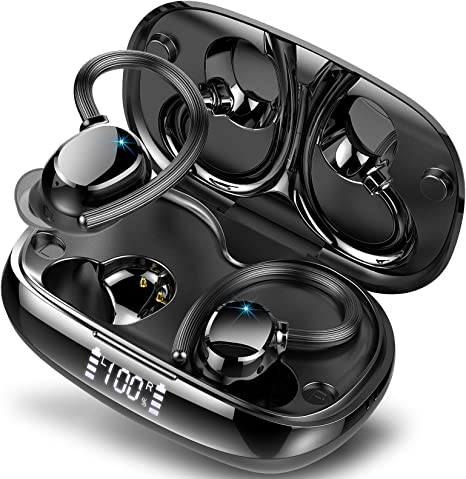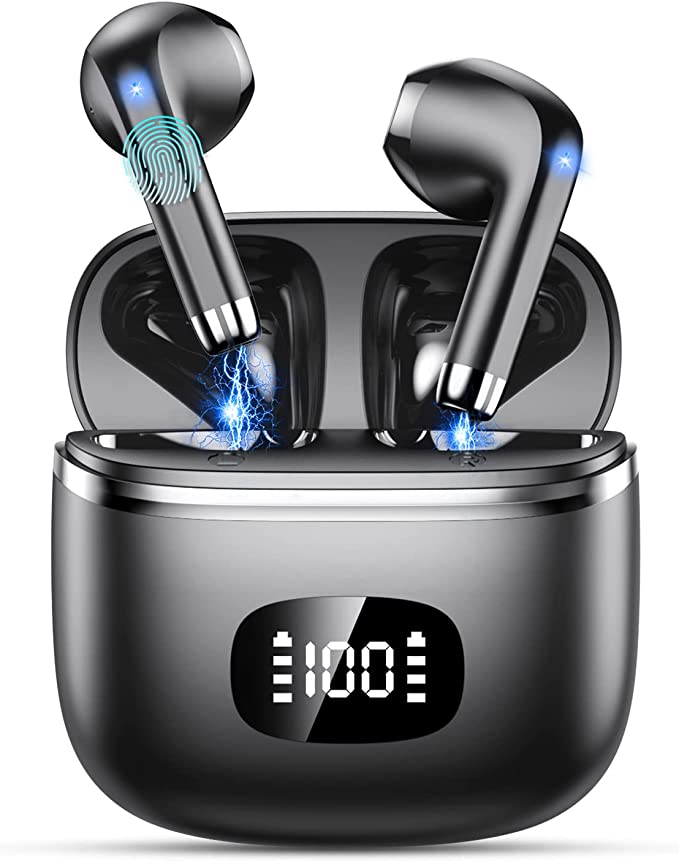YuqiaoTime NF-523 Thermal Imager: See the Unseen World of Heat with 320x240 Clarity
Update on April 24, 2025, 1:11 p.m.
Take a moment and look around you. Your eyes perceive a world rich in color, shape, and light. But what if I told you there’s another layer to reality, an entire landscape painted not with light, but with heat? Every object, from the coldest ice to the hottest flame, constantly broadcasts its thermal state through invisible signals. Our human senses, remarkable as they are, remain largely blind to this vibrant, silent language of temperature. Yet, thanks to a fascinating blend of physics and technology, we’ve developed a way to ‘see’ this hidden world – a capability known as thermal imaging.
Our journey into this realm begins, quite fittingly, with a scientist noticing something unexpected. In 1800, Sir William Herschel, the renowned astronomer famous for discovering Uranus, was experimenting with sunlight and prisms. He used thermometers to measure the temperature of different colors of light split by the prism. To his surprise, he found the highest temperature wasn’t in any visible color, but in the dark region beyond the red end of the spectrum. He had accidentally discovered infrared radiation – the very foundation of thermal imaging. Herschel had stumbled upon the key to unlocking a new way of perceiving the universe.
Let’s embark on a journey to understand this thermal world, exploring the science behind it and how modern tools, like the YuqiaoTime NF-523 IR 320x240 Ultra Clear Industrial Infrared Thermal Imager (whose documented specifications we’ll use as a concrete example), allow us to translate these invisible heat signals into meaningful images.

The Unspoken Language of Temperature: Infrared Science
At its heart, everything warmer than absolute zero (-273.15°C or -459.67°F) emits energy. This isn’t visible light, but rather infrared radiation, a form of electromagnetic wave nestled just beyond the red light our eyes can detect on the spectrum. Think of it as every object constantly broadcasting its thermal signature, a silent announcement of its temperature. Hotter objects shout louder, emitting more intense infrared energy, while cooler objects whisper more softly.
However, interpreting this language isn’t just about intensity; the surface of an object plays a critical role. This is where a crucial concept called emissivity comes in. Imagine two objects at the exact same temperature. A matte black object is like an efficient broadcaster – it radiates thermal energy very effectively (high emissivity). A shiny, reflective object, conversely, is like a poor broadcaster, holding onto its heat and emitting less infrared radiation (low emissivity), while potentially reflecting IR from its surroundings. Understanding emissivity is vital because a thermal imager detects the radiation, not temperature directly. To get an accurate temperature reading, especially with quantitative thermal cameras, emissivity needs to be considered. For many diagnostic tasks, however, simply seeing the patterns of temperature difference is incredibly revealing.
Building an Eye for Heat: How Thermal Imagers Work
So, how do we capture these invisible thermal broadcasts? A thermal imager acts like a specialized camera designed for infrared light.
First, special lenses, often made from materials like Germanium (which is opaque to visible light but transparent to infrared), focus the incoming IR radiation. This focused radiation then falls onto an infrared detector sensor. A common type found in many handheld imagers like the NF-523 is an array of uncooled microbolometers. Each tiny microbolometer in the array heats up slightly when it absorbs infrared radiation. This change in temperature alters its electrical resistance, creating an electrical signal proportional to the intensity of the IR energy received.
The camera’s processor takes the signals from thousands of these individual detector elements, analyzes them, and assigns a color or shade of gray to each corresponding point based on its intensity. This creates the visual thermal image, or thermogram, that we see on the display. Different color palettes (like the familiar ‘Ironbow’ or ‘Rainbow’ scales) are used simply to make temperature differences pop visually, turning complex thermal data into an intuitive map where hotter areas might appear bright yellow or white, and cooler areas dark blue or purple, depending on the chosen palette. Think of it as painting by numbers, but using temperature instead of color codes.

Decoding the Thermal Story: Making Sense of Specifications (Featuring NF-523 Data)
Understanding the science helps us appreciate the specifications listed for a thermal imager. Let’s use the documented specs of the YuqiaoTime NF-523 as examples to see what they tell us about its capabilities. (Please note: The following interpretation is based solely on the product information provided, the authority of which cannot be independently verified here).

-
Resolution (320x240 pixels): The Sharpness of Thermal Sight. Just like your digital camera or TV screen, resolution in a thermal imager refers to the number of individual detector elements (pixels) capturing thermal data. More pixels mean a sharper, more detailed image. The NF-523 is listed with a 320x240 resolution, meaning it has 76,800 individual measurement points. This level of detail can be crucial for distinguishing between closely spaced components, pinpointing small leaks, or identifying subtle insulation defects – tasks potentially required in the varied maintenance and inspection applications listed for this device. The source description uses the term “Ultra Clear Imaging,” likely referring to the clarity provided by this resolution level compared to lower-resolution alternatives.
-
Thermal Sensitivity (NETD: 65mK): Hearing the Faintest Thermal Whispers. Noise Equivalent Temperature Difference (NETD) measures the smallest temperature difference the camera can reliably detect. It’s expressed in milliKelvins (mK). A lower number signifies higher sensitivity. The NF-523 is listed with an NETD of 65mK (which is 0.065°C or about 0.117°F). Imagine trying to hear a very faint whisper in a quiet room – that’s analogous to what a low NETD allows a thermal camera to do with temperature differences. This sensitivity is vital for detecting subtle but potentially significant issues, such as minor drafts, slight overheating in electrical connections before failure, or the faint cool spots indicating moisture intrusion, all relevant to the described maintenance and diagnostic uses.
-
Temperature Range (-40°C to 330°C / -40°F to 626°F): The Scope of Thermal Measurement. This specification tells us the broad span of temperatures the imager is designed to measure. The NF-523’s documented range, from deep cold to significant heat, suggests versatility. It could potentially be used for tasks ranging from checking freezer efficiency (-40°C is very cold!) to inspecting moderate-temperature industrial equipment or automotive components (330°C covers many common scenarios), aligning with its stated applications in building maintenance, automotive work, and power systems.
-
Frame Rate (9Hz): The Flow of Thermal Vision. This indicates how many times per second the thermal image refreshes. A 9Hz frame rate, as listed for the NF-523, provides a stable image suitable for careful scanning and inspection tasks. While higher frame rates exist (often subject to export controls), 9Hz is standard for many widely accessible industrial and diagnostic thermal imagers and is generally adequate for observing thermal patterns during maintenance checks.
-
Field of View (FoV: 56° x 42°): The Breadth of the Thermal Gaze. This describes the angular extent of the scene captured by the imager. A wider FoV, like the 56° horizontal view listed here, is useful for scanning larger areas quickly (like a wall or ceiling), while a narrower FoV would provide more detail on a distant object.
Beyond the Optics: Practical Considerations
While the core imaging specs are crucial, practical features support usability. The NF-523 listing mentions a 3.7V 5000mAh Lithium-Ion battery, rechargeable via USB, suggesting reasonable field operation time and convenient charging. It also notes a 2-meter (6.5 ft) drop test resistance, implying a level of durability suitable for industrial or field environments. Its specified dimensions and weight (around 1.1 lbs) point towards portability. The listing attributes manufacturing to Noyafa, noting certifications like RoHS, FCC, CE, and Noyafa’s ISO 9001 standard adherence, providing context on manufacturing and compliance based on the source text.
Thermal Vision in the Real World: Applications Unveiled
The true power of thermal imaging comes alive when applied to real-world problems, many of which are listed as applications for the NF-523. Let’s paint a picture:
-
Home Inspection & Energy Audits: Imagine scanning a wall on a cold day. Instead of just seeing drywall, the thermal imager might reveal dark, cool blue plumes bleeding in from around a window frame – instantly visualizing an air leak. You might spot a suspiciously cool, perhaps slightly darker patch on the ceiling, invisible to the eye but indicating trapped moisture from a slow roof leak – potentially saving costly repairs down the line. Here, the camera’s sensitivity (NETD) helps detect subtle temperature differences, while the resolution helps pinpoint the exact source.
-
Electrical Safety Checks: Peering into an electrical panel (from a safe distance!), one circuit breaker might glow a distinct yellow-orange compared to its neighbors. This visual alert, provided non-contact, signals a potential overload or poor connection, a fire hazard easily missed by visual inspection alone. The temperature range allows for measuring these elevated temperatures, while resolution helps distinguish individual components.
-
Automotive Diagnostics: Pointing the imager at a car’s exhaust system after running, you might see an unusually hot spot on the catalytic converter, suggesting a blockage, or uneven temperatures across radiator cores, indicating poor coolant flow. This quick, visual check can guide mechanics towards the root cause of a problem.
These are just a few examples derived from the listed applications (which also include firefighting investigation support, ancient building repair, HVAC checks, and even searching for pests like termites based on their heat signatures). In each case, thermal imaging provides diagnostic clues that are otherwise hidden, enabling faster troubleshooting, preventative maintenance, and enhanced safety.
Conclusion: Embracing a New Way of Seeing
From Sir William Herschel’s curious mind focusing sunlight through a prism to the sophisticated handheld devices available today, our ability to perceive and interpret infrared radiation has opened a profound new window onto the world. Thermal imaging transcends the limitations of our biological senses, revealing the intricate dance of heat that underlies so much of the physical world’s behavior.
Tools like the YuqiaoTime NF-523, characterized by documented specifications such as its 320x240 resolution, 65mK sensitivity, and broad temperature range (based on the provided product information), exemplify how this once-niche scientific capability has become accessible for practical diagnostics, maintenance, and exploration. By making the invisible visible, thermal imaging empowers us to find problems faster, improve efficiency, enhance safety, and ultimately, understand our environment more deeply. It truly offers us a new, and incredibly insightful, way of seeing.


















